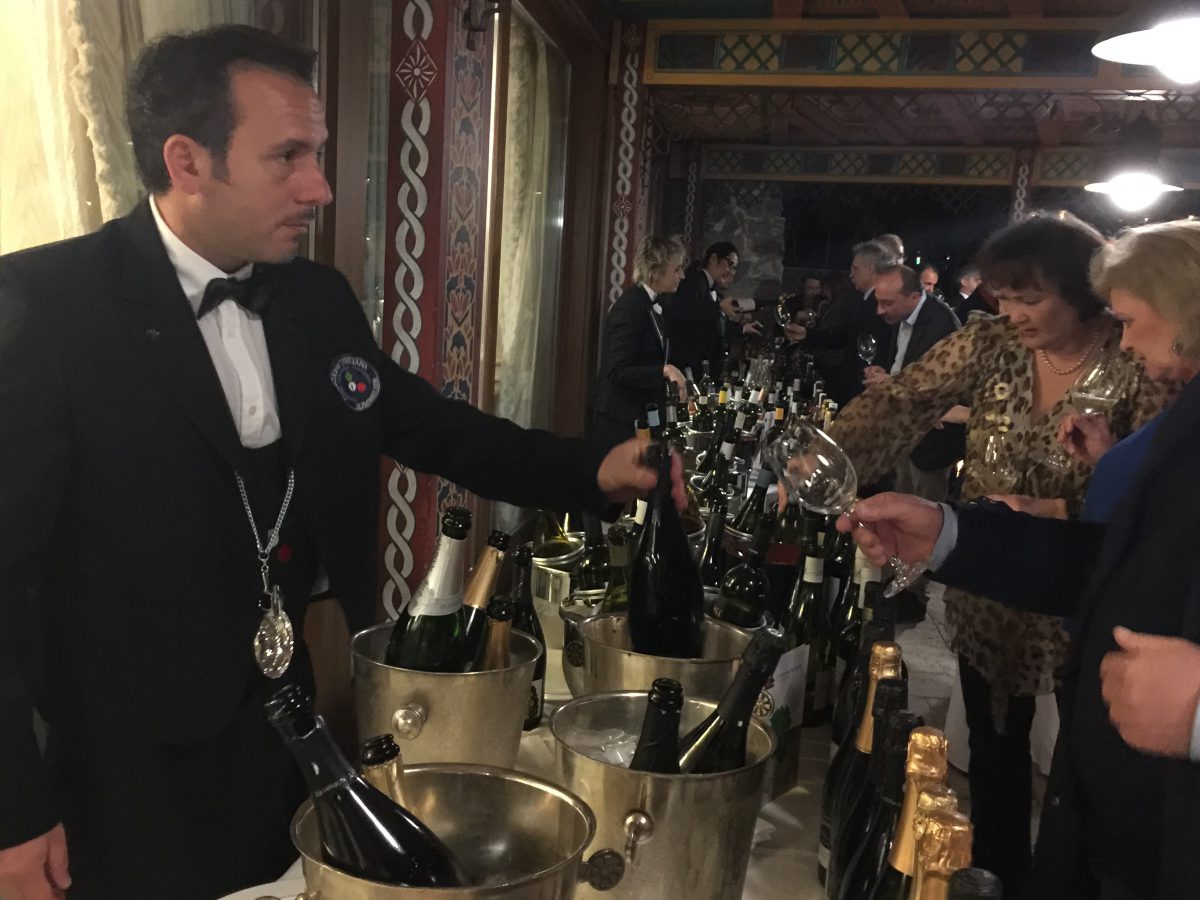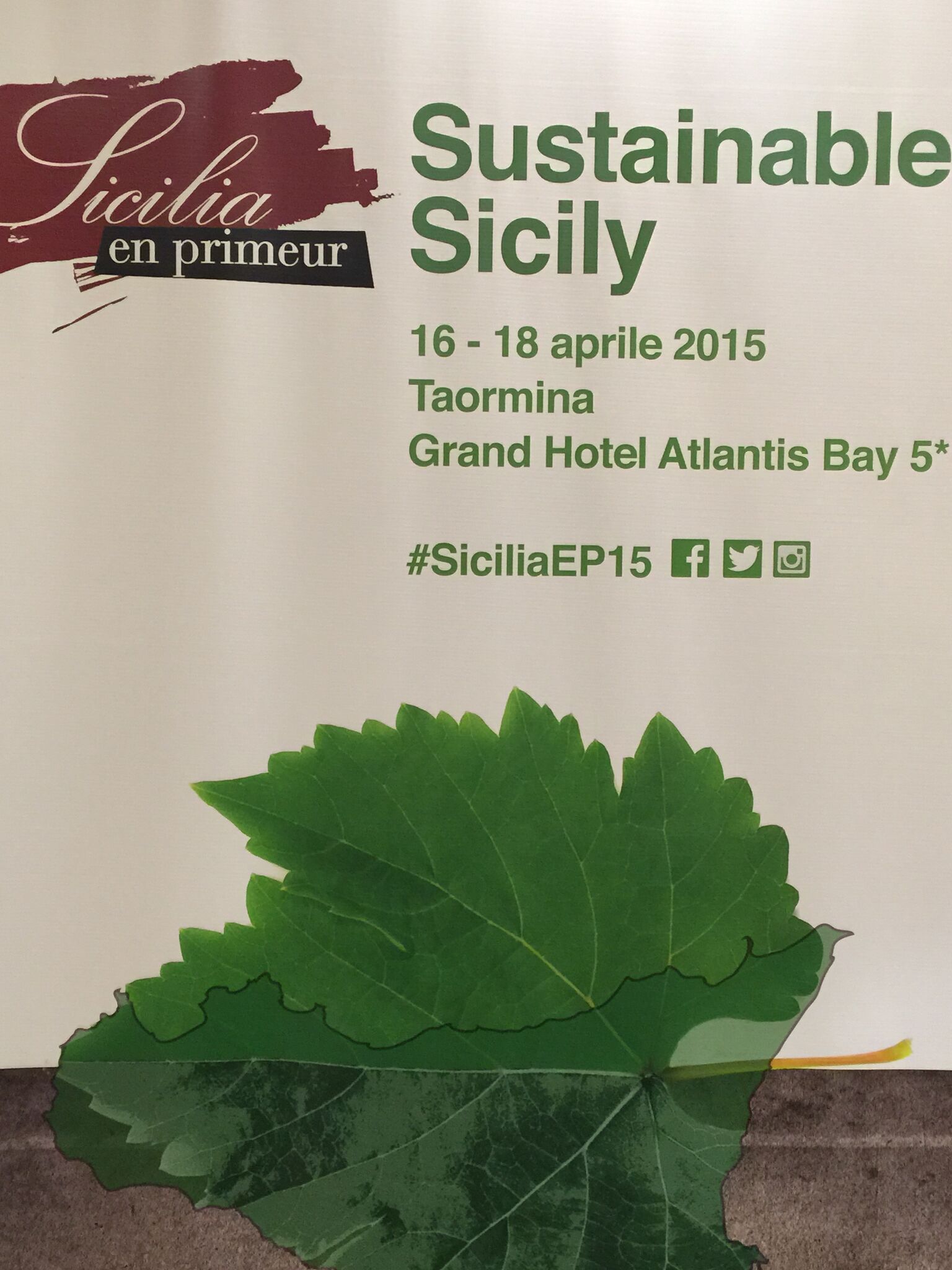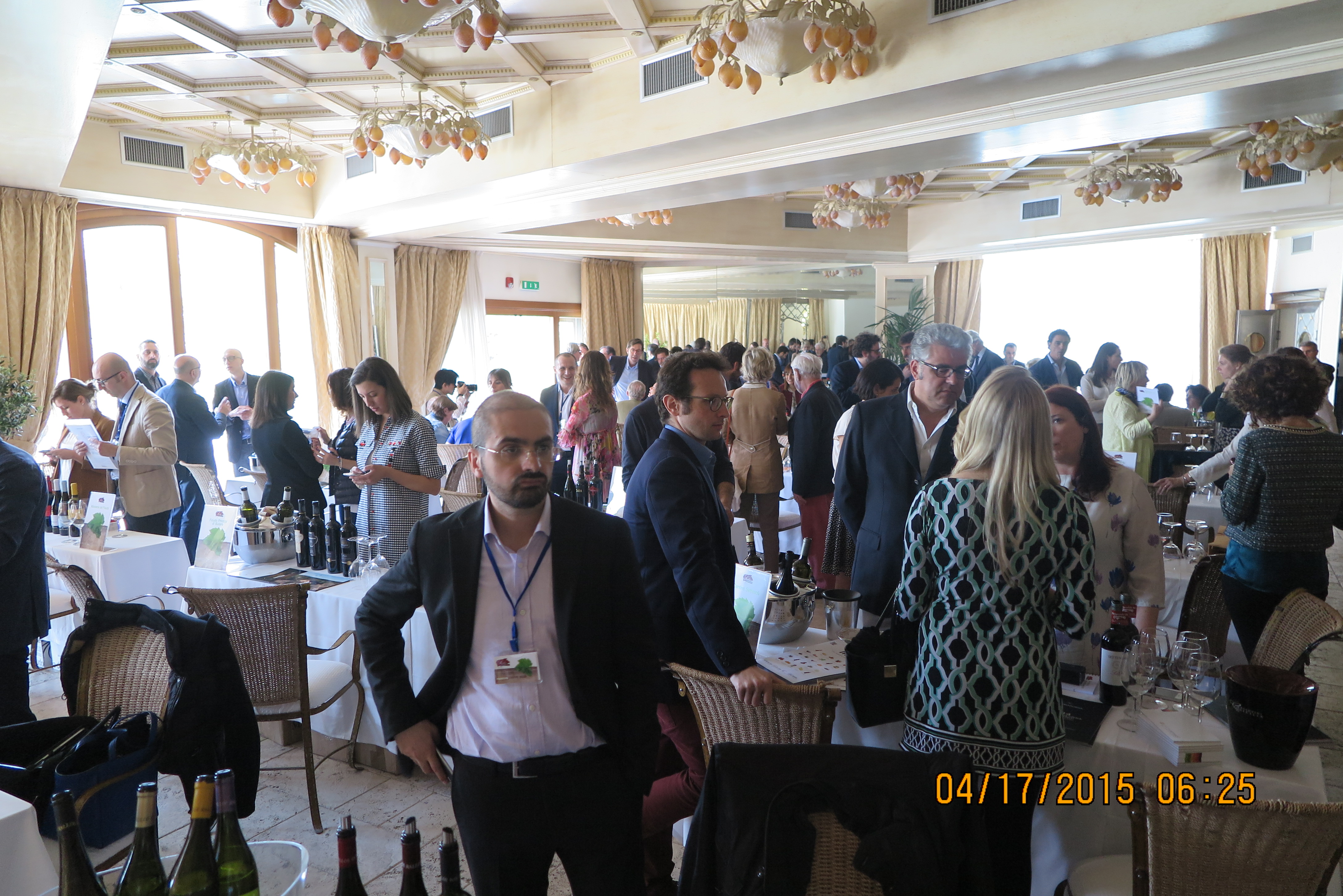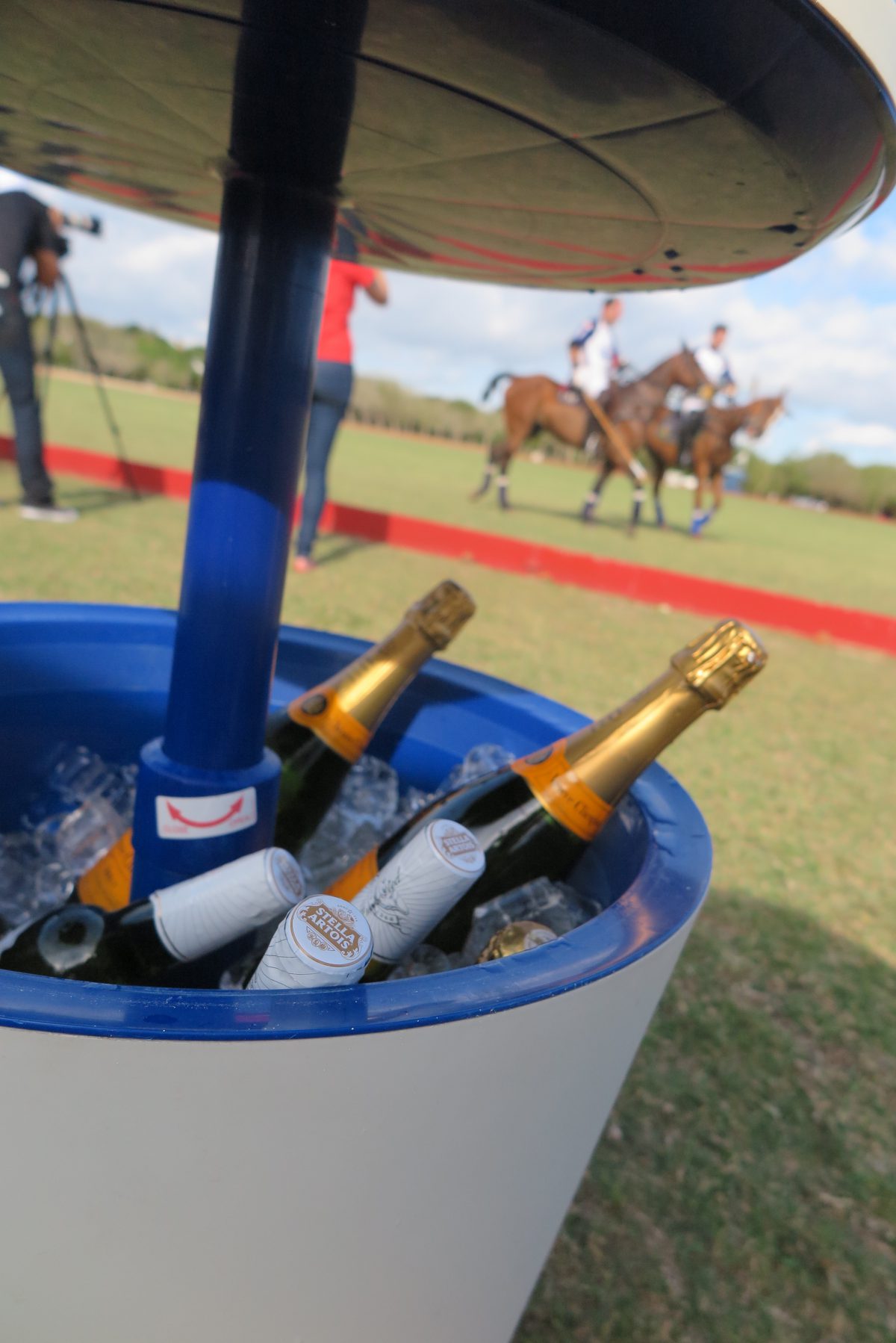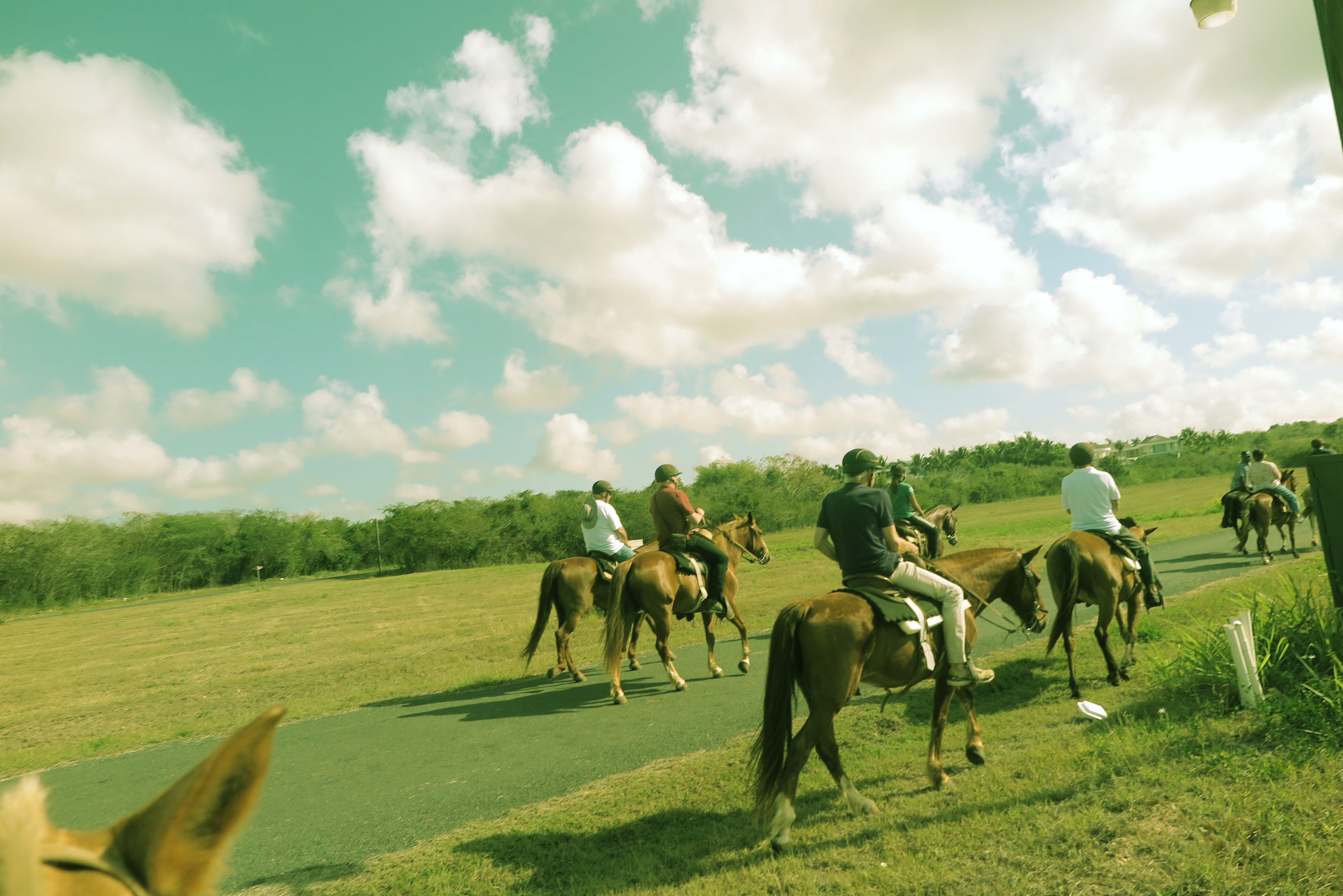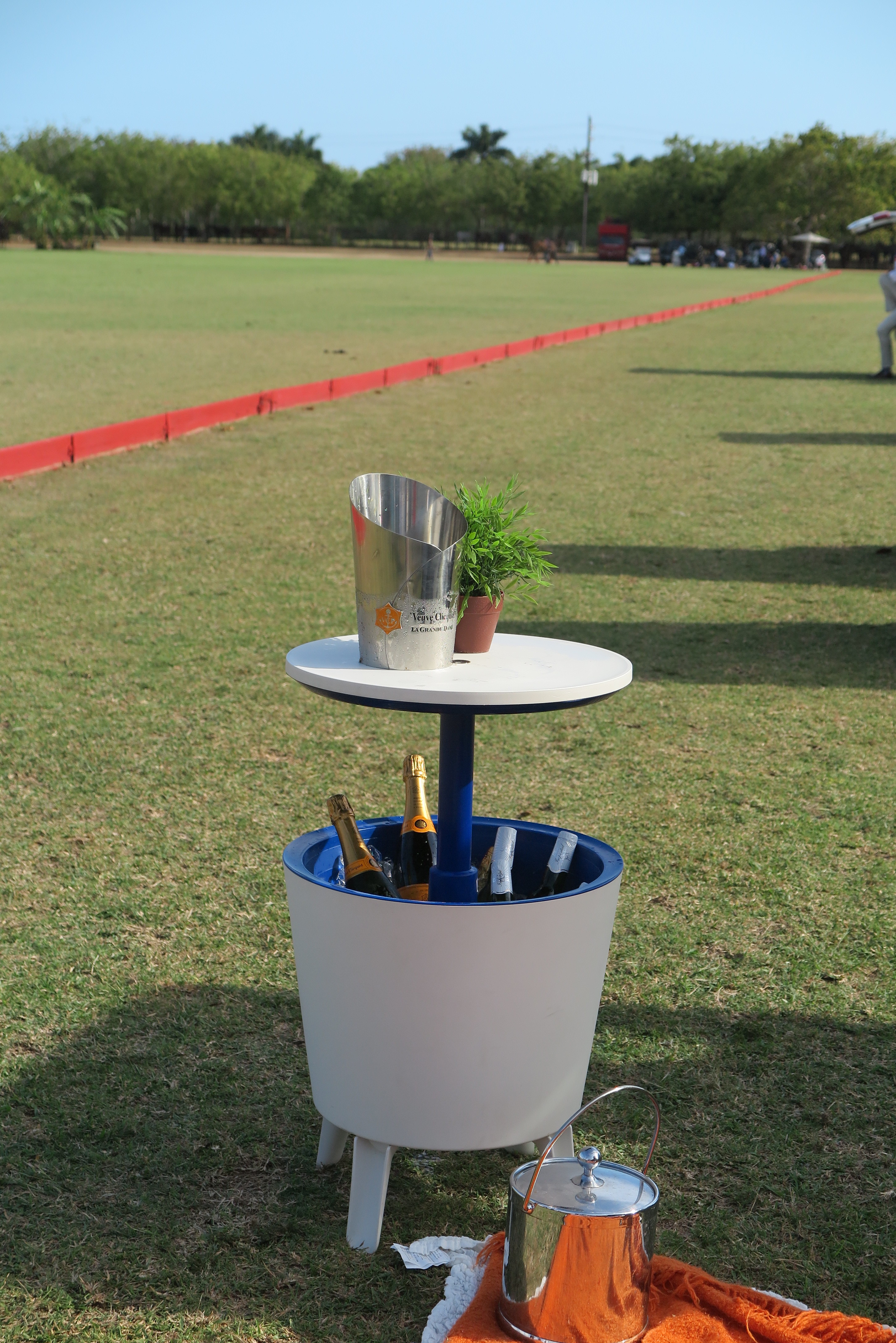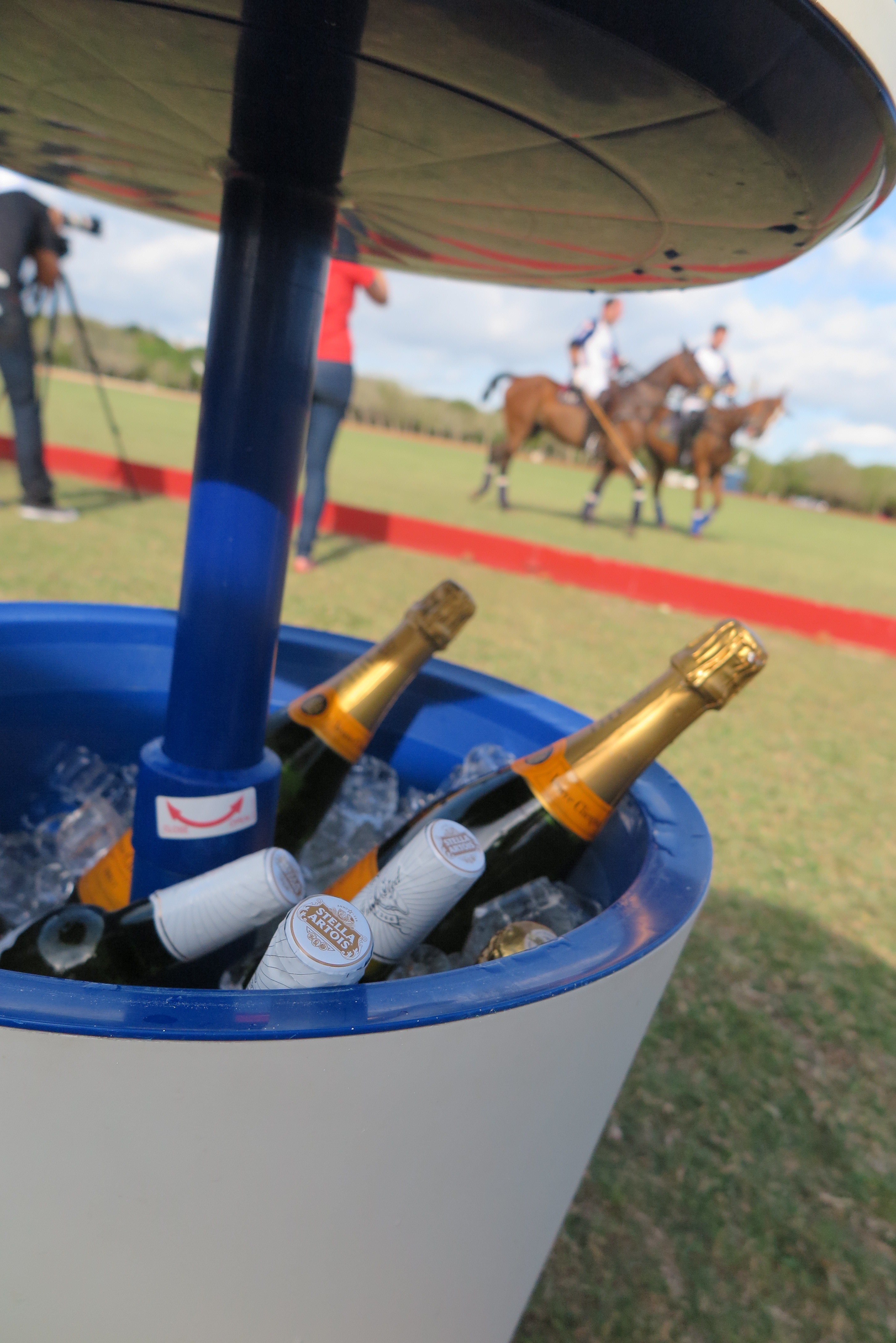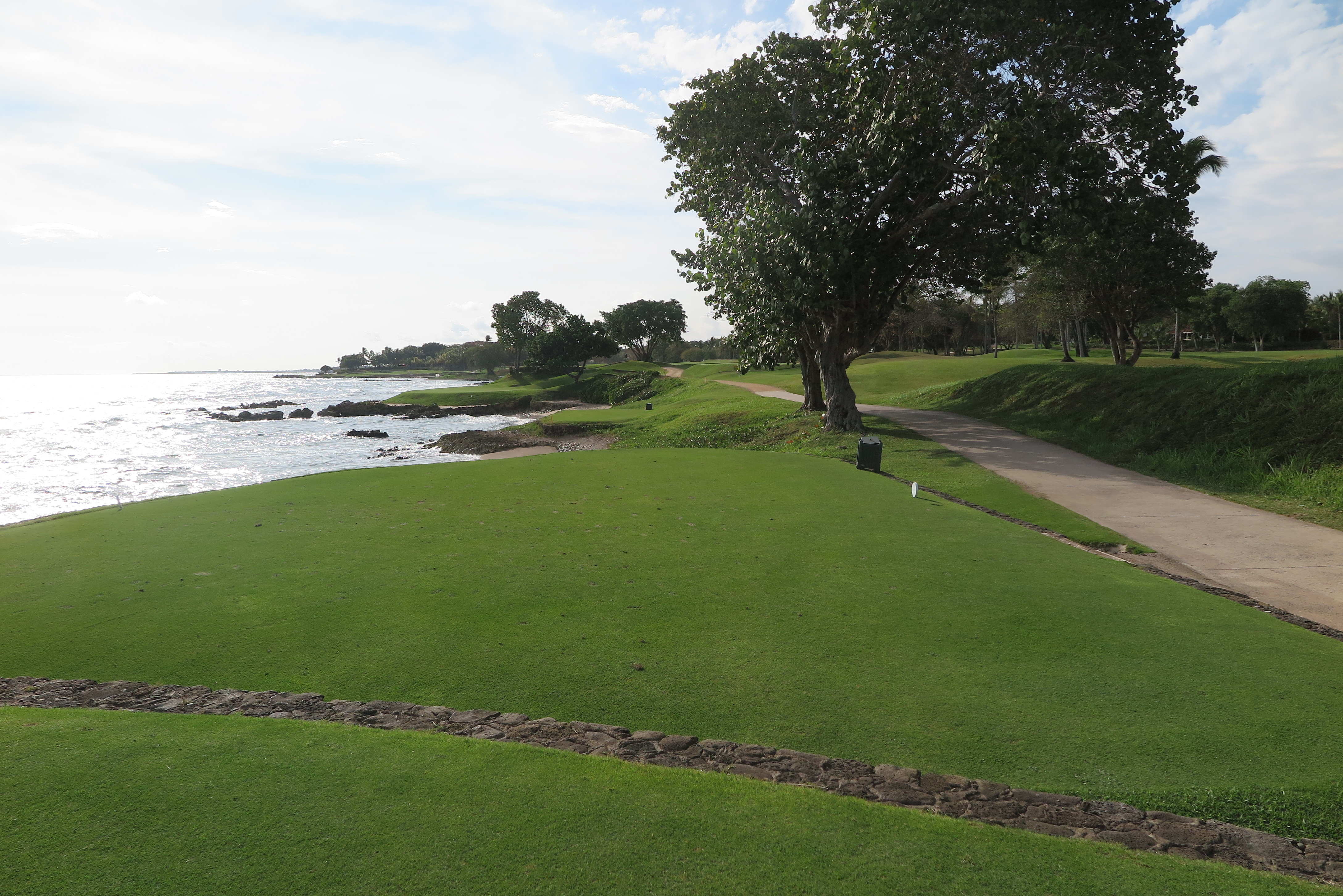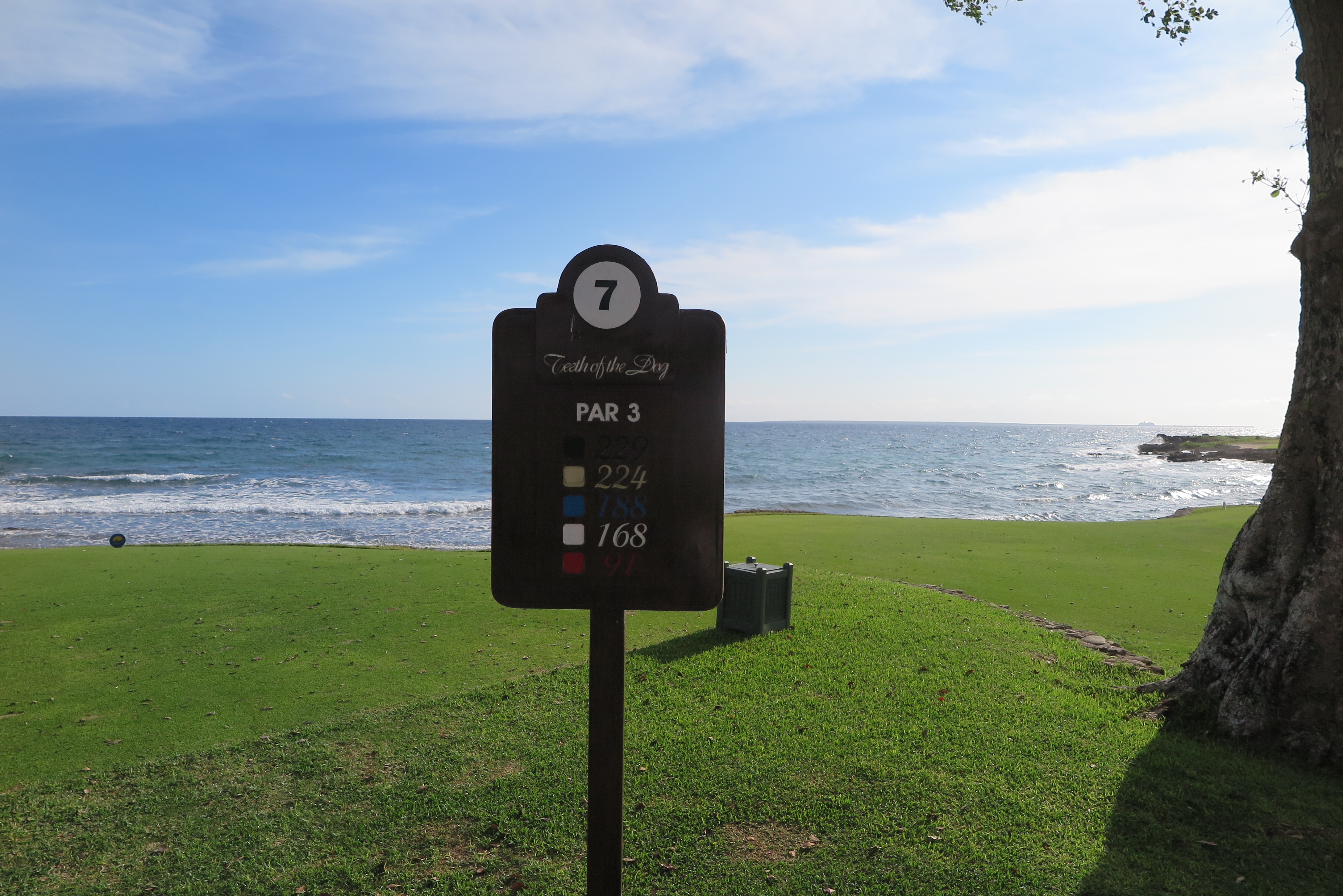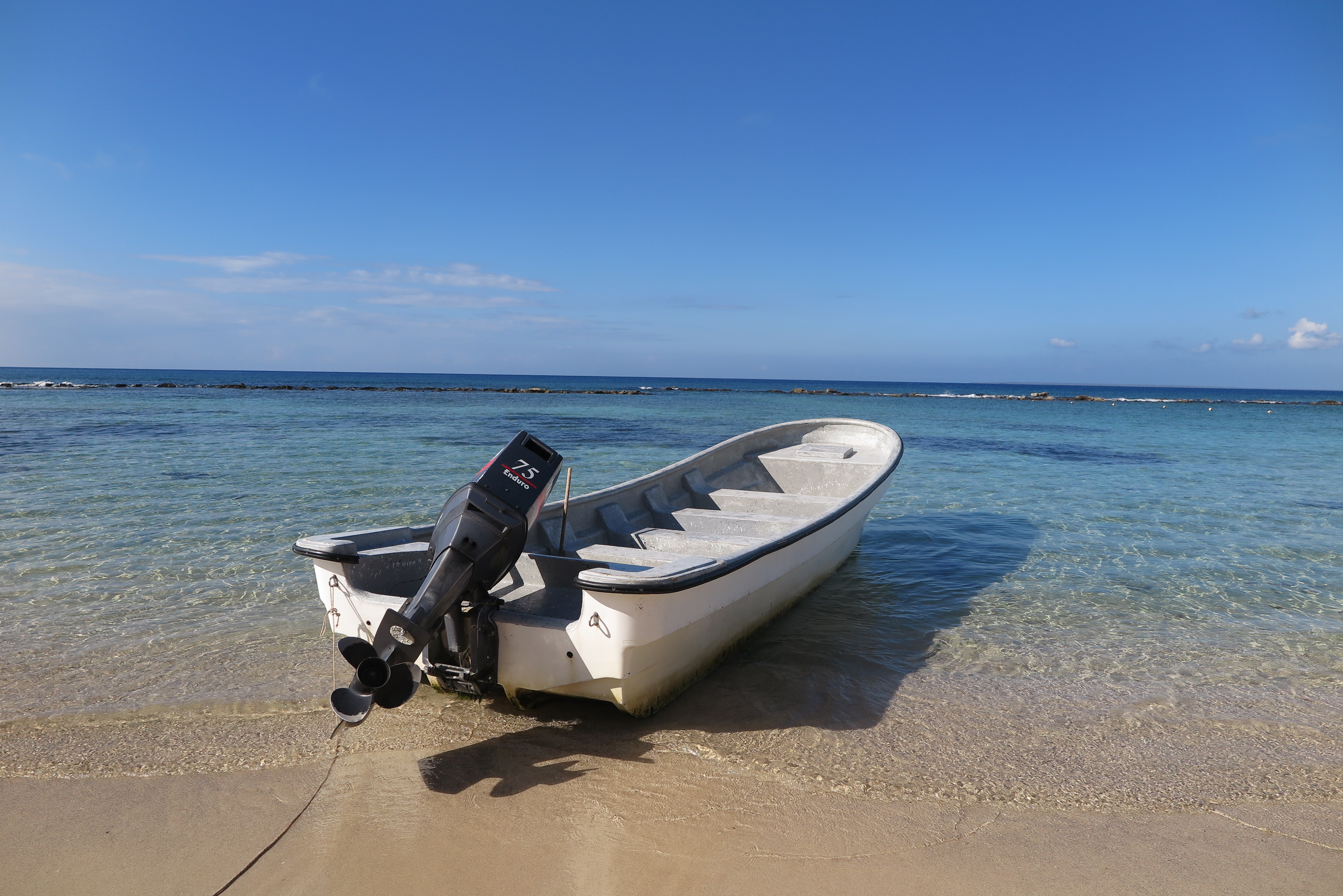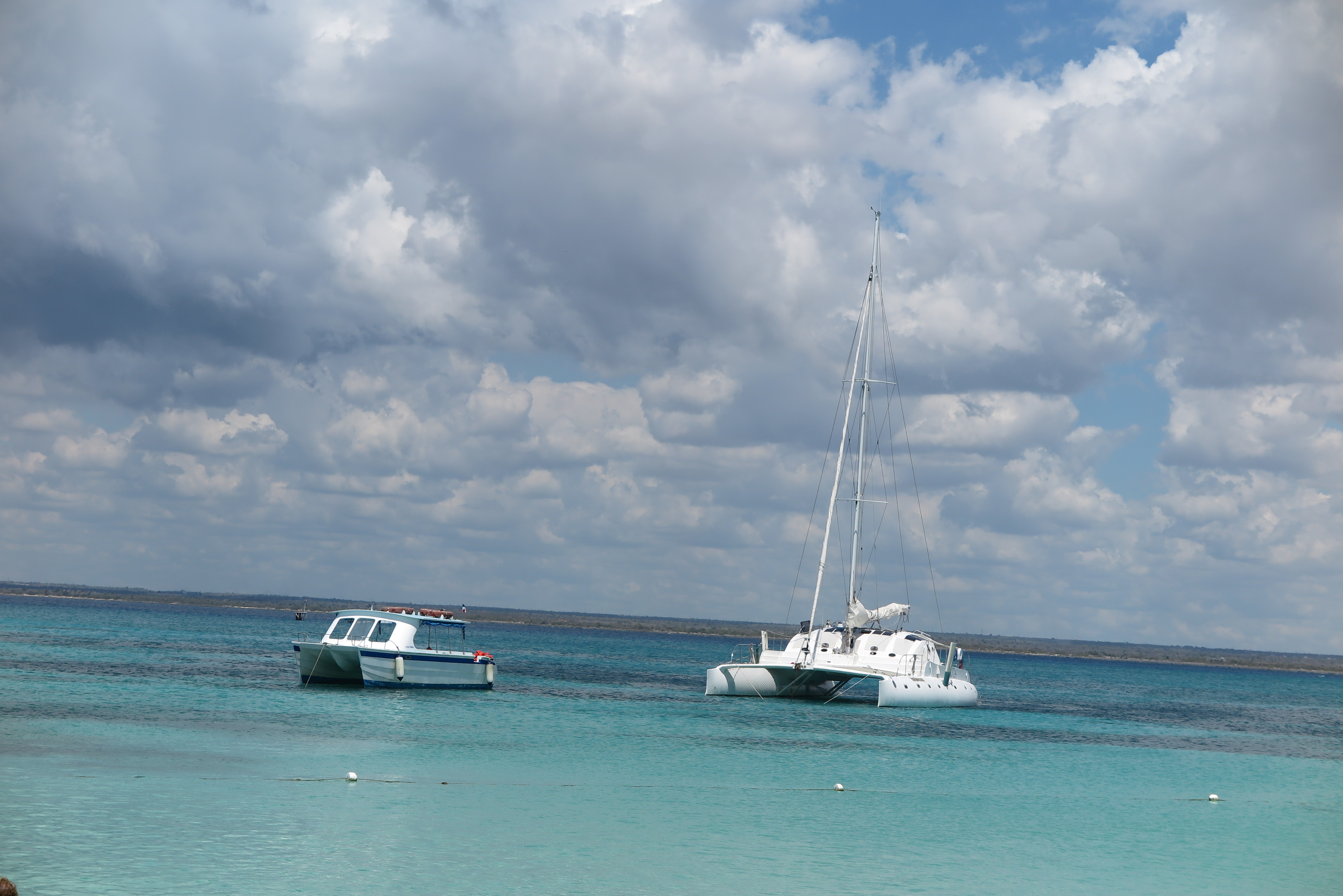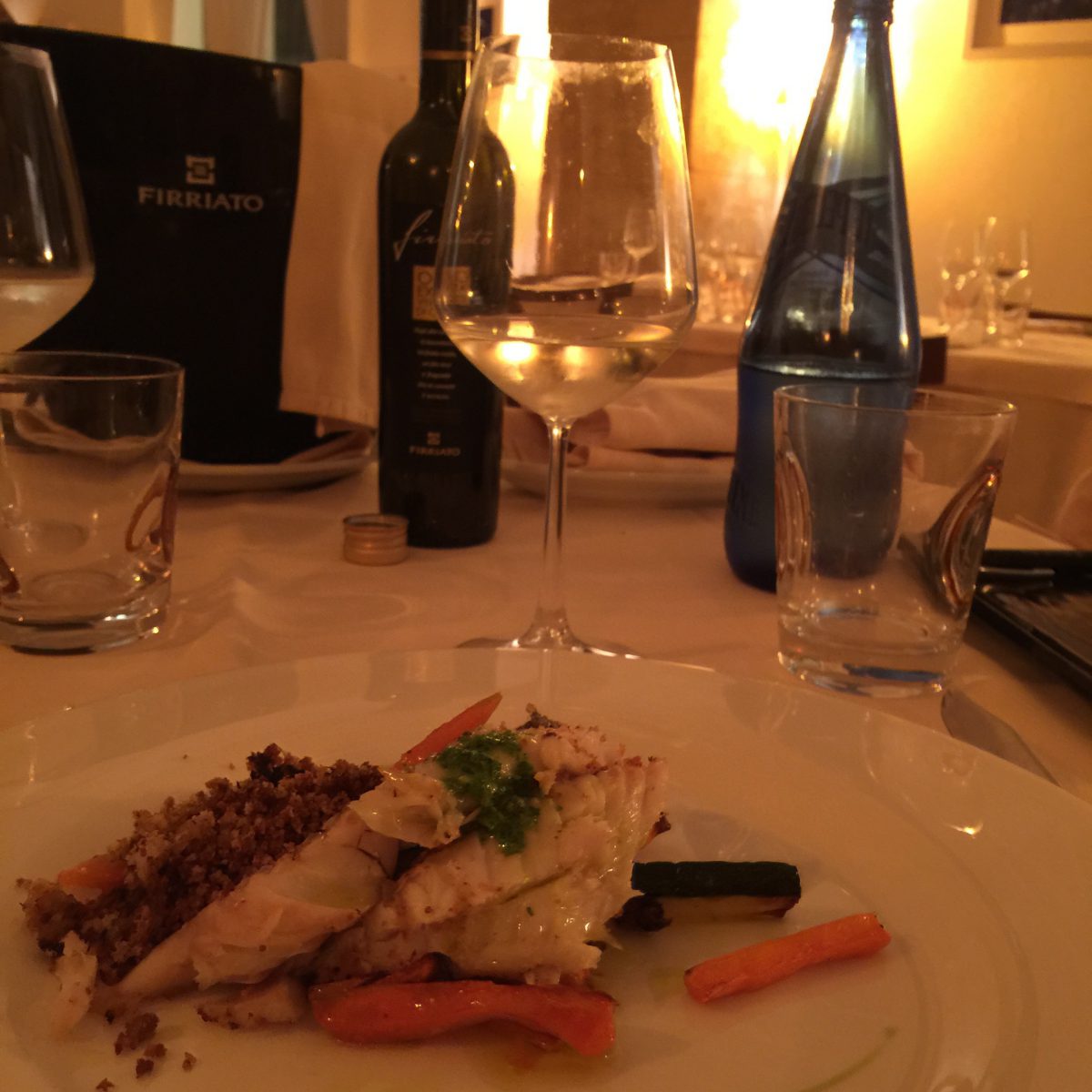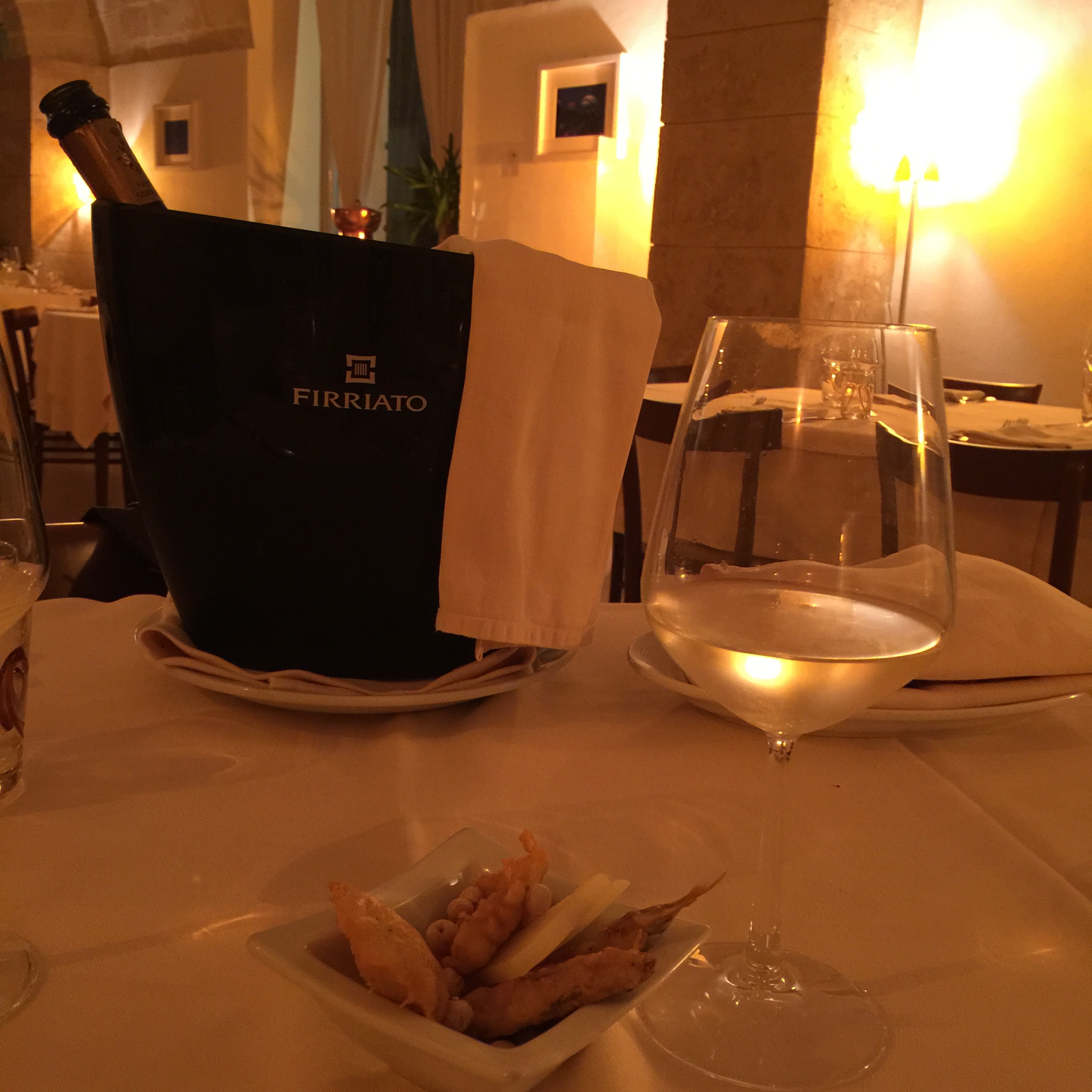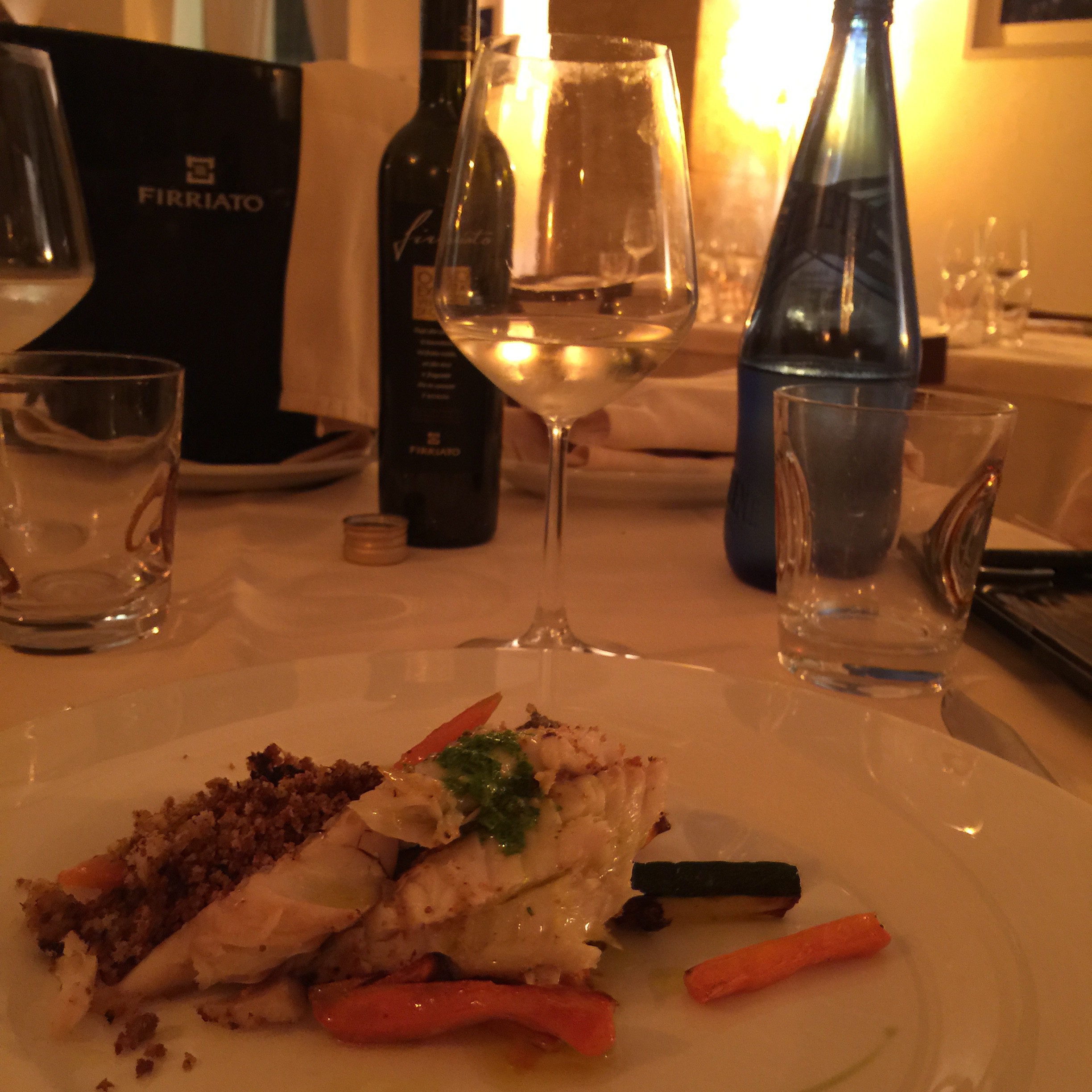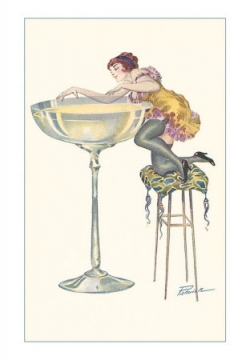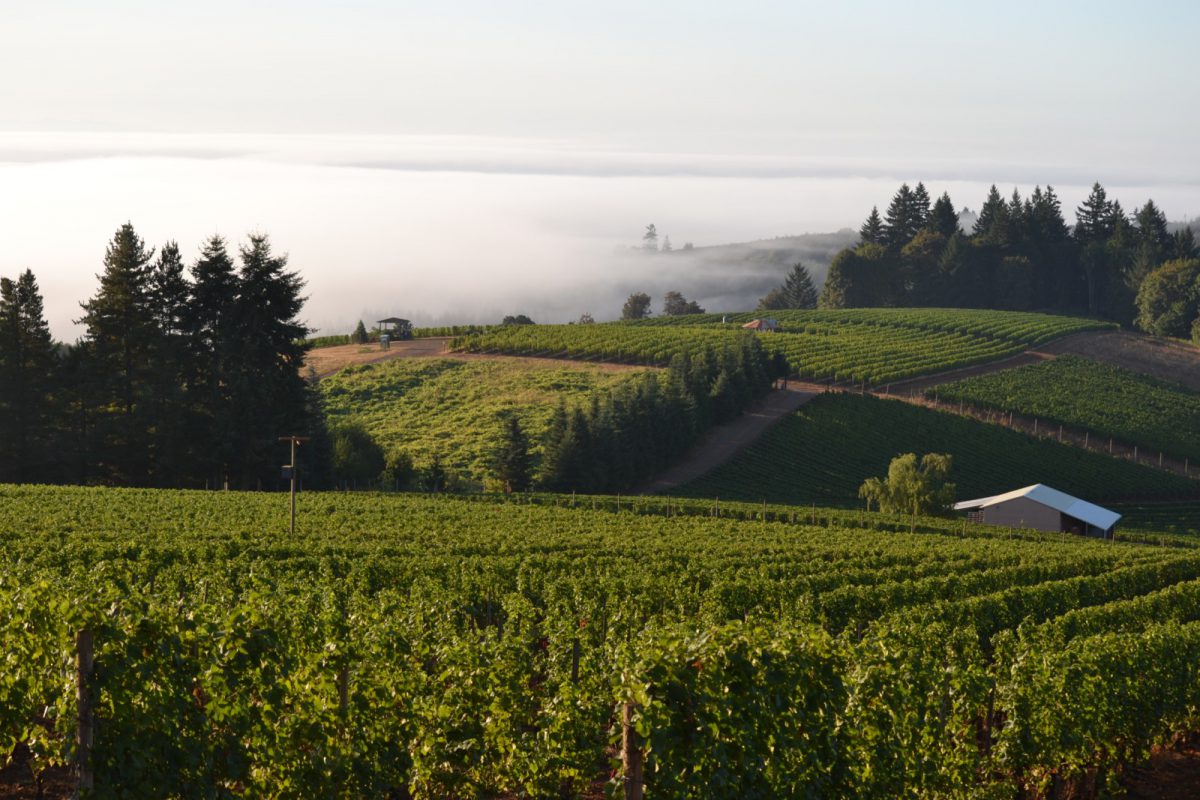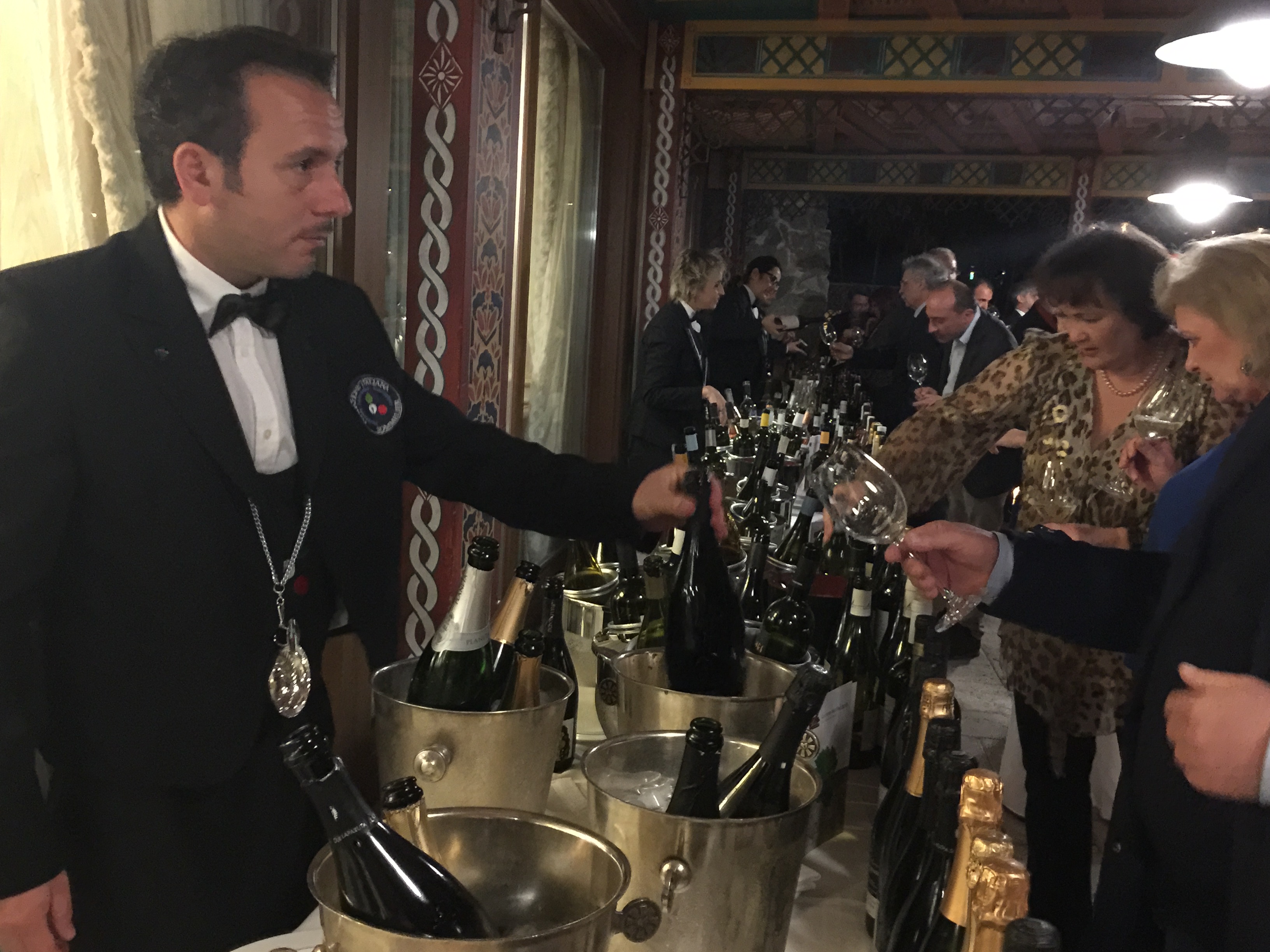 Sicilia en Primeur was established in 2004. The purpose of this annual annual event is to present to the Italian and international press the latest vintages from the wineries belonging to Assovini Sicilia.
Sicilia en Primeur was established in 2004. The purpose of this annual annual event is to present to the Italian and international press the latest vintages from the wineries belonging to Assovini Sicilia.
Over 100 international wine journalists invaded Sicily to attend the 12th edition of Sicilia en Primeur from April 14th – 18th, 2015. With over 40 participating wineries pouring 300 wines, we had the chance to taste “en primeur” wines from different parts of the island, and speak first hand with the winemakers and owners. This also gave us the chance to learn more about their terroir, history, landscape and the various winemaking regions on the Island.
This new generation of Sicilian wine producers have utilized the island’s enviable climate, indigenous grape varieties and fertile soil to win many international wine awards. Their wines have also won the hearts of many of the attending journalists.
So I heard… “Some of Italy’s finest wines are now being made in Sicily”.
Assovini Sicilia selected a sublime venue the Grand Hotel Atlantis Bay, Taormina, which had stunning views of the Mediterranean.

